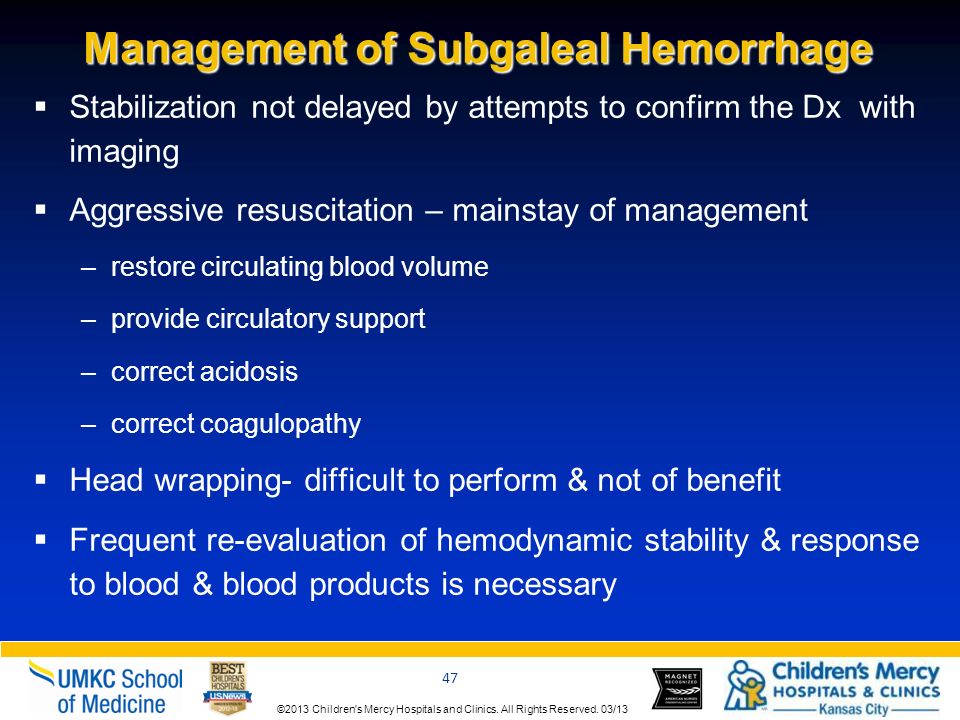Does health insurance cover subgaleal hematoma treatment sets the stage for this enthralling narrative, offering readers a glimpse into a story that is rich in detail and brimming with originality from the outset.
Subgaleal hematoma, a lesser-known medical condition, can have significant implications on health and financial well-being. As we delve into the realm of health insurance coverage for this condition, a world of possibilities and limitations unfolds.
Understanding Subgaleal Hematoma

A subgaleal hematoma is a collection of blood that forms between the skull periosteum and the galea aponeurotica, which is a tough connective tissue layer in the scalp. It differs from other types of hematomas because of its specific location and potential complications if left untreated.
Causes and Symptoms
- Causes: Subgaleal hematomas are often caused by trauma to the head, such as during childbirth or a head injury. The blood vessels in the scalp can rupture, leading to the accumulation of blood in the subgaleal space.
- Symptoms: Common symptoms of a subgaleal hematoma include swelling of the scalp, bruising, and a soft, fluctuant mass under the skin. In severe cases, there may be signs of anemia or hypovolemic shock.
Risks of Untreated Subgaleal Hematoma
- Excessive Blood Loss: If a subgaleal hematoma is not treated promptly, it can lead to significant blood loss, especially in infants who have a higher risk due to their smaller blood volume.
- Increased Pressure: The accumulation of blood in the subgaleal space can exert pressure on the brain, potentially causing neurological complications if not addressed in a timely manner.
- Infection: Untreated subgaleal hematomas can also increase the risk of infection, especially if the hematoma becomes contaminated or if there is a delay in seeking medical attention.
Treatment Options for Subgaleal Hematoma
When it comes to treating subgaleal hematoma, there are several options available depending on the severity of the condition. It is crucial to seek medical attention promptly to prevent any complications that may arise.
Non-Surgical Treatment
- Observation: In mild cases, the doctor may choose to simply monitor the hematoma to see if it resolves on its own.
- Ice Packs: Applying ice packs to the affected area can help reduce swelling and pain.
- Pain Medication: Over-the-counter pain relievers may be recommended to manage any discomfort.
Surgical Treatment
- Drainage: If the hematoma is large or causing significant pressure, the doctor may opt to drain the fluid from the area.
- Surgical Removal: In rare cases, surgery may be necessary to remove the hematoma completely.
Importance of Seeking Medical Attention
It is essential to seek medical attention for subgaleal hematoma as early intervention can prevent potential complications such as infection or excessive bleeding. Delaying treatment may lead to more severe consequences and longer recovery time.
Recovery Process
- After receiving treatment, it is important to follow the doctor’s instructions for proper wound care and medication.
- Recovery time varies depending on the severity of the hematoma and the chosen treatment method.
- Regular follow-up appointments may be necessary to monitor the healing process and ensure there are no complications.
Coverage by Health Insurance

Health insurance coverage for subgaleal hematoma treatment can vary based on the individual’s insurance plan and the specific circumstances of the case.
How Health Insurance Coverage Works
Health insurance plans typically cover medically necessary treatments, including those for subgaleal hematoma. However, coverage may be subject to deductibles, co-pays, and specific terms Artikeld in the policy.
Common Health Insurance Plans
- Medicare: Medicare Part A and Part B may cover subgaleal hematoma treatment if deemed medically necessary.
- Medicaid: Coverage under Medicaid can vary by state, but it may include treatments for subgaleal hematoma.
- Private Insurance: Many private insurance plans cover treatment for subgaleal hematoma, but coverage details can differ.
Factors Influencing Coverage
- Medical Necessity: Health insurance typically covers treatments that are deemed medically necessary by healthcare providers.
- Policy Terms: The specific terms of an individual’s insurance policy can impact coverage for subgaleal hematoma treatment.
- Provider Network: Receiving treatment from in-network healthcare providers can affect coverage and out-of-pocket costs.
Closure

In conclusion, navigating the realm of health insurance coverage for subgaleal hematoma treatment requires a blend of understanding, advocacy, and informed decision-making. By being armed with knowledge and exploring the available options, individuals can better prepare themselves for potential medical expenses related to this condition.
Top FAQs
Does health insurance always cover subgaleal hematoma treatment?
Health insurance coverage for subgaleal hematoma treatment can vary depending on the specific plan and provider. It’s essential to review your policy details or consult with your insurance company to understand your coverage.
What are some common factors that may influence health insurance coverage for subgaleal hematoma treatment?
Factors such as the type of insurance plan, medical necessity, pre-existing conditions, and network providers can influence whether health insurance covers subgaleal hematoma treatment. It’s advisable to check with your insurance provider for specific information.
Are there any out-of-pocket costs associated with subgaleal hematoma treatment if covered by health insurance?
Out-of-pocket costs such as deductibles, co-payments, and co-insurance may still apply even if health insurance covers subgaleal hematoma treatment. Understanding your policy’s cost-sharing provisions is crucial for financial planning.









